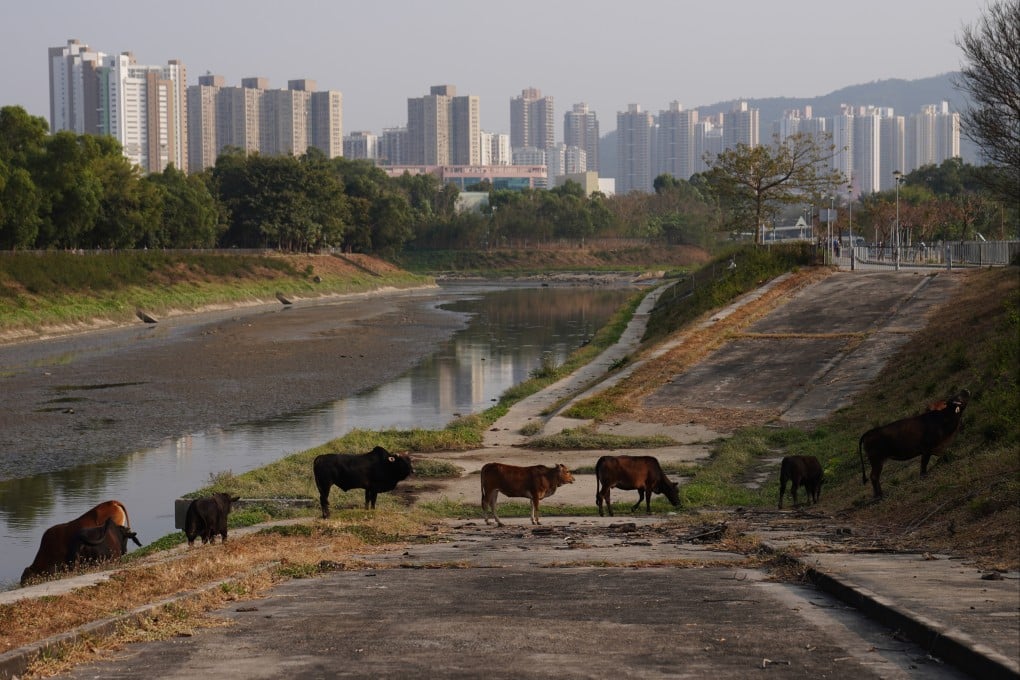Advertisement
Letters | Pandas aren’t the only animals in Hong Kong that need more room
Readers discuss development plans in the New Territories, and the cruel killing of a kitten in China
Reading Time:2 minutes
Why you can trust SCMP

Feel strongly about these letters, or any other aspects of the news? Share your views by emailing us your Letter to the Editor at [email protected] or filling in this Google form. Submissions should not exceed 400 words, and must include your full name and address, plus a phone number for verification
Advertisement
It’s good to learn that Eurasian otters might be venturing further into the city than previously known (“Rare discovery in Hong Kong river overturns past beliefs about city’s endangered otters”, August 25). The otters were thought to have confined themselves to protected wetlands, mangrove thickets and fish ponds in Mai Po, Lok Ma Chau and San Tin, but researchers at Kadoorie Farm and Botanic Garden found secretions that suggest they might be venturing nearer to urban areas in Sheung Shui.
Although the study suggests that the elusive animals can live close to human settlements and that they are now inhabiting streams earlier considered too polluted for them, they are still vulnerable.
The development of new towns across from Shenzhen in the coming decade could threaten the survival of these creatures, who swim down waterways looking for food. They tend to be active in rivers and along coastlines.
The establishment of the San Tin Technopole in the vicinity of the Lok Ma Chau Loop is definitely a real challenge to the Eurasian otters. It would also have an adverse effect on the survival of other animals that live along bodies of water in the area.
Advertisement
The San Tin Technopole is part of the Northern Metropolis plan, which aims to turn 30,000 hectares (74,000 acres) of land into an economic powerhouse. The rapid modernisation of rural areas in the New Territories has brought human activity into conflict with wildlife.
The government should rethink its approval of the environmental impact assessment report and try to strike a better balance between wildlife conservation and economic development in the northern New Territories.

Advertisement